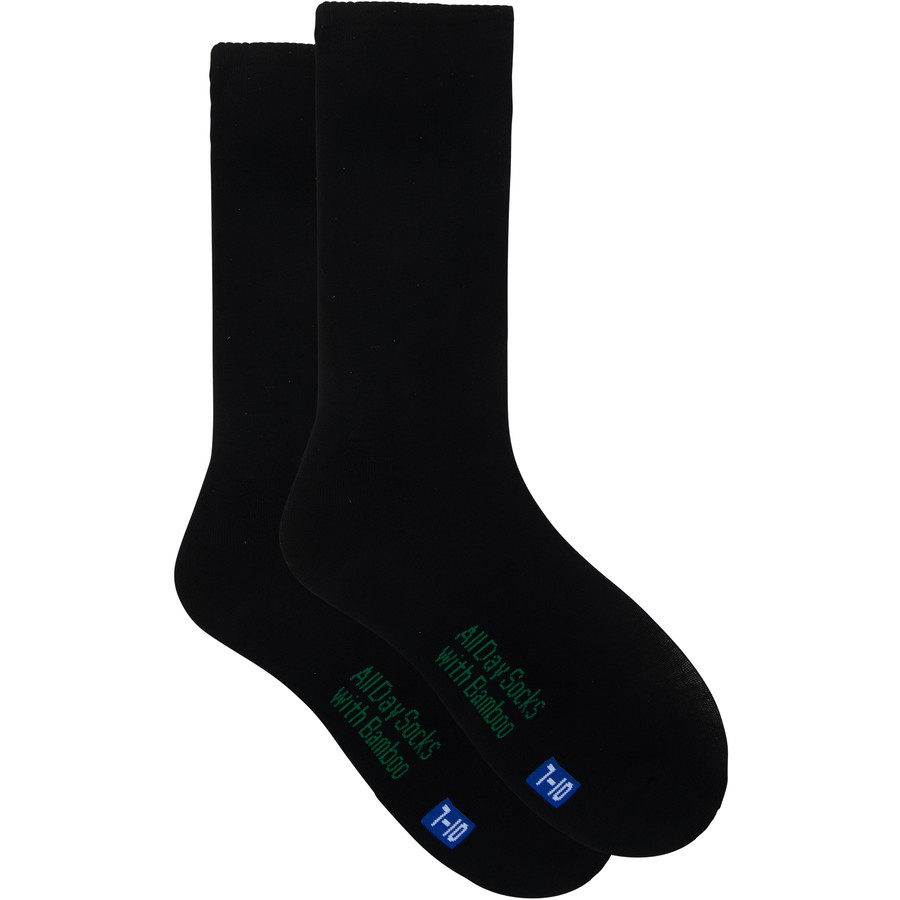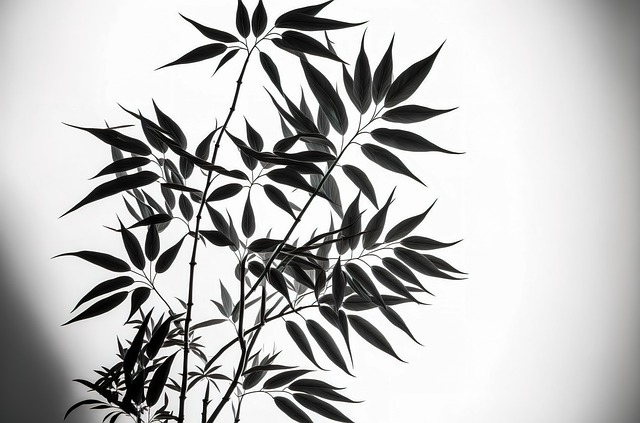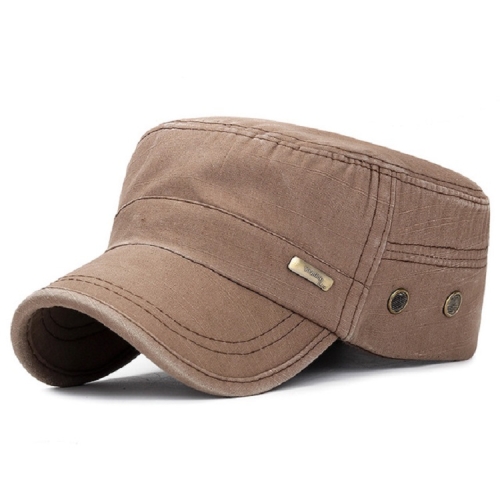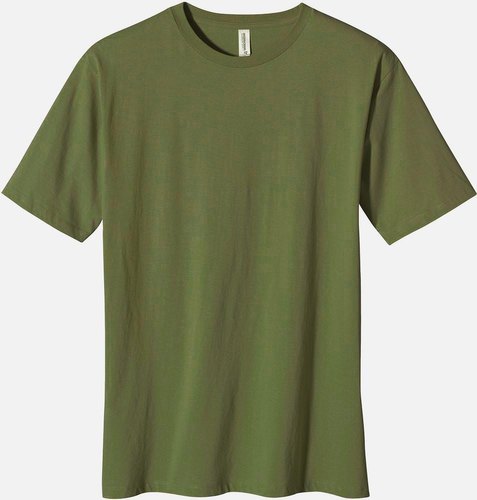
I’ve always been conscious of the environmental impact of the products I use, so when it comes to choosing between bamboo and cotton, I wanted to make an informed decision.
That’s why I decided to compare their water footprints.
In this article, we’ll delve into the water usage in bamboo and cotton cultivation, analyze the water footprint of bamboo fabric, and examine the water footprint of cotton fabric.
By the end, we’ll have a clearer picture of which option is the greener choice.

Key Takeaways
- Bamboo has a clear advantage over cotton in terms of water usage.
- Bamboo cultivation requires significantly less water than cotton.
- Bamboo fabric has a minimal impact on water resources compared to cotton.
- Choosing bamboo over cotton can minimize our impact on water resources.
The Environmental Impact of Bamboo and Cotton Production
If you’re trying to determine which option has a smaller environmental impact, you might be interested in comparing the water footprints of bamboo and cotton production.
When it comes to water usage, bamboo has a clear advantage over cotton. Bamboo is a highly water-efficient crop, requiring significantly less water compared to cotton. Bamboo can thrive with just natural rainfall, while cotton demands large amounts of water for irrigation.
This excessive water requirement puts a strain on freshwater resources, leading to depletion and environmental damage. Additionally, cotton is a thirsty crop that requires pesticides and fertilizers, which further pollute water sources. In contrast, bamboo grows naturally and does not require chemical inputs, making it a more sustainable choice.
Considering water scarcity and environmental concerns, bamboo emerges as the greener option with a smaller water footprint.

Water Usage in Bamboo and Cotton Cultivation
When comparing water usage, bamboo cultivation requires significantly less water than cotton. Cotton is known to be a water-intensive crop, requiring large amounts of water for irrigation. On the other hand, bamboo is a highly sustainable and resilient plant that can grow without the need for excessive watering. This makes bamboo a more eco-friendly choice when it comes to water conservation.
As someone who is concerned about the environment, I find this information very encouraging. By choosing products made from bamboo, such as clothing or household items, we can contribute to reducing the strain on water resources. It’s important for us to make conscious decisions and support sustainable alternatives like bamboo, as they play a crucial role in conserving our precious water supply.
Analyzing the Water Footprint of Bamboo Fabric
As I analyze the water usage of bamboo fabric, I’ll discover its minimal impact on water resources compared to cotton.
Bamboo is known for its water-efficient properties, requiring significantly less water during cultivation. Unlike cotton, which demands large amounts of water for irrigation and processing, bamboo can thrive with minimal irrigation due to its natural resilience and ability to regenerate quickly.

Additionally, bamboo fabric production requires less water compared to cotton, as it involves a closed-loop system that recycles water and minimizes waste. This sustainable approach reduces the strain on water resources and helps preserve our precious freshwater reserves.
Examining the Water Footprint of Cotton Fabric
Take a moment to consider the impact of cotton fabric on water resources and how it may differ from other materials.
Cotton, a popular fabric choice, has a significant impact on water usage throughout its production process. From growing cotton plants that require large amounts of water to processing the fibers into fabric, water is a crucial resource that is heavily utilized.
The cultivation of cotton alone accounts for a substantial portion of global water consumption. Additionally, the dyeing and finishing processes also contribute to water pollution, as chemicals used in these processes are often released into water bodies.

Compared to other materials, such as bamboo, cotton has a much higher water footprint. It is important to be aware of these differences and make informed choices to minimize our impact on water resources.
Making a Sustainable Choice: Comparing Bamboo and Cotton Water Footprints
It’s important to consider the environmental impact of both bamboo and cotton fabrics in terms of water usage.
When it comes to sustainability, water footprint plays a crucial role. Cotton is notorious for being a thirsty crop, requiring large amounts of water for cultivation. It takes about 2,700 liters of water to produce a single cotton t-shirt.
On the other hand, bamboo fabric requires significantly less water to grow. Bamboo is a highly sustainable plant that can thrive with minimal irrigation. It has been estimated that bamboo fabric requires only about 300-500 liters of water per t-shirt.

Frequently Asked Questions
What Are Some Other Environmental Impacts of Bamboo and Cotton Production Besides Water Usage?
Some other environmental impacts of bamboo and cotton production besides water usage include deforestation, use of pesticides and fertilizers, soil degradation, and greenhouse gas emissions. These factors should be considered when making a greener choice.
How Does Bamboo Fabric Compare to Cotton Fabric in Terms of Durability and Longevity?
In terms of durability and longevity, bamboo fabric is comparable to cotton fabric. Both materials can last for a long time with proper care.
Are There Any Specific Regions or Countries Where Bamboo or Cotton Cultivation Has a Particularly High Water Footprint?
In terms of water footprint, there are specific regions or countries where both bamboo and cotton cultivation have a high impact. It’s important to consider these factors when making a greener choice.
What Are Some Alternatives to Bamboo and Cotton That Have a Lower Water Footprint?
Some alternatives to bamboo and cotton with lower water footprints include hemp, linen, and Tencel. These materials require less water for cultivation and production, making them a greener choice for environmentally conscious consumers like me.

Are There Any Certifications or Labels That Consumers Can Look for to Ensure They Are Purchasing Sustainable Bamboo or Cotton Products?
Yes, there are certifications and labels that consumers can look for to ensure they are purchasing sustainable bamboo or cotton products. These certifications help to verify the environmental and social responsibility of the products.
Conclusion
In conclusion, when it comes to choosing a greener option between bamboo and cotton, it’s clear that bamboo has a significantly lower water footprint.
By analyzing the water usage in both cultivation processes, it becomes evident that bamboo requires much less water to grow.
Making a sustainable choice is important for the environment, and opting for bamboo fabric can contribute to conserving water resources.

So, next time you’re shopping for sustainable clothing, consider bamboo as a water-efficient alternative to cotton.
